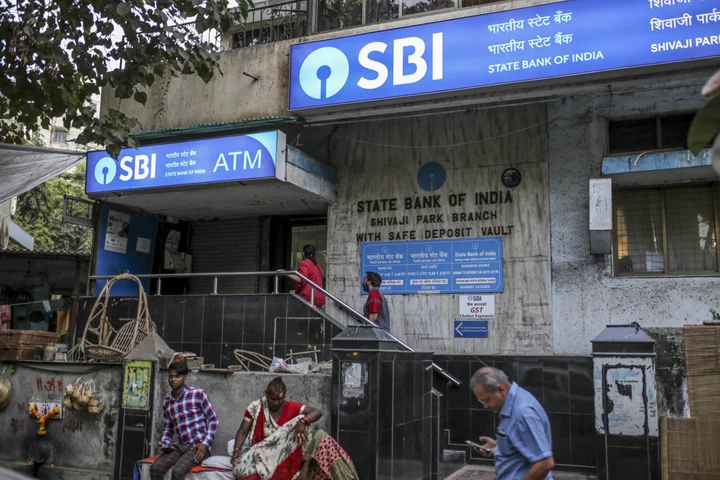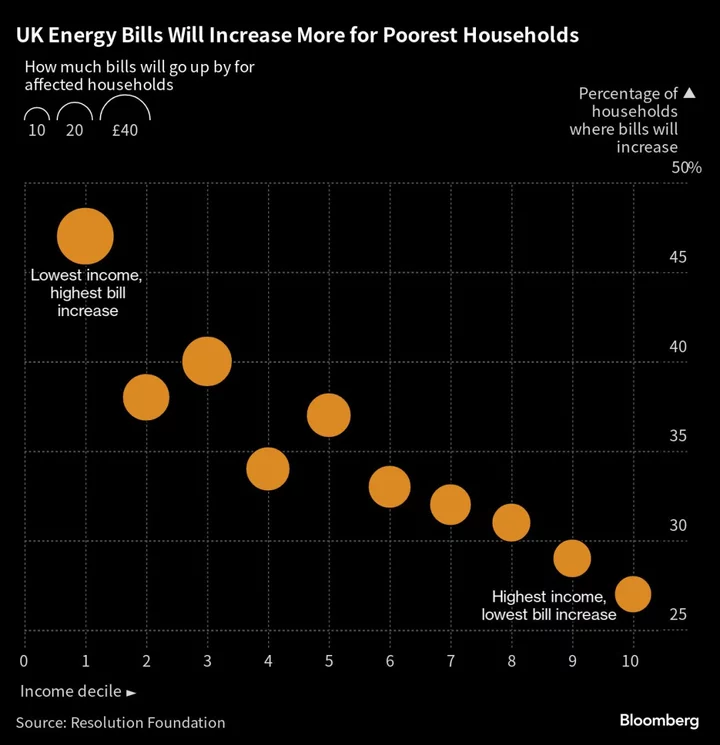State Bank of India saw a metric tracking loans that turn bad rise, prompting shares of the nation’s largest lender to dip even though it reported results that beat estimates.
Fresh slippages more than doubled to 76.6 billion rupees ($925 million) in the three months ended June 30, from the previous quarter, according to a filing from the bank on Friday. The measure, which tracks unpaid interest on loans, had already been rising slightly before this period. SBI’s provisions for loan-losses also more than doubled from the previous quarter.
The bank’s shares fell as much as 3.1% after the results, the most in more than four months.
The selloff happened even though SBI’s net income more than doubled to 168.8 billion rupees ($2 billion) for the first quarter from a year ago, following its peers in reporting higher profits backed by strong credit demand. The performance beat an average estimate of 150.3 billion rupees by analysts in a Bloomberg survey.
Indian banks have been reporting rising profits, buoyed by an increased demand for loans from consumers and companies. Lending demand has pushed credit growth in the world’s most populous nation to more than 20% from a year ago, according to the latest report from the Reserve Bank of India. This robust growth is however facing up against a more uncertain global economic environment.
SBI’s loan book grew by 14.9% compared to a year ago, slightly lower than what analysts were predicting. For the quarter, its net interest margin was 3.47%, also below what analysts were estimating.
(Updates with more details throughout)









